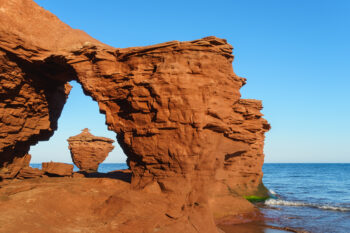Geologic Time Science Games
5 gamesIn this series of games, your students will learn about the earth’s geologic timeline and how scientists find and use clues to color in the details of our planet’s history. The Geologic Time learning objective — based on NGSS and state standards — delivers improved student engagement and academic performance in your classroom, as demonstrated by research.
Scroll down for a preview of this learning objective’s games and the concepts they drive home.
Concepts Covered
The Geologic Time Scale lays out the entire history of the earth, divided into eons, eras, periods, epochs, and ages. Over these billions of years since Earth’s formation, layers upon layers of rock, called rock strata, have been piling up.
When organisms die, they leave behind skeletons, tracks, and other evidence that gets preserved in the rock, forming fossils. Geologists study these fossils, and the rock strata in which they appear, to figure out how old they are compared to each other, or their relative age. Remember, relative age does not tell us the exact years that these organisms lived. To know that, scientists need to use more advanced tools such as radiometric dating.
Aside from fossils, rock strata themselves can tell us a lot about the time period in which they formed. Scientists look at minerals that show up in the rock, its texture, its environment, and the processes that formed it — like volcanic eruptions or river deposits — to help piece together geologic history.
A preview of each game in the learning objective is found below.
You can access all of the games on Legends of Learning for free, forever, with a teacher account. A free teacher account also allows you to create playlists of games and assignments for students and track class progress. Sign up for free today!






